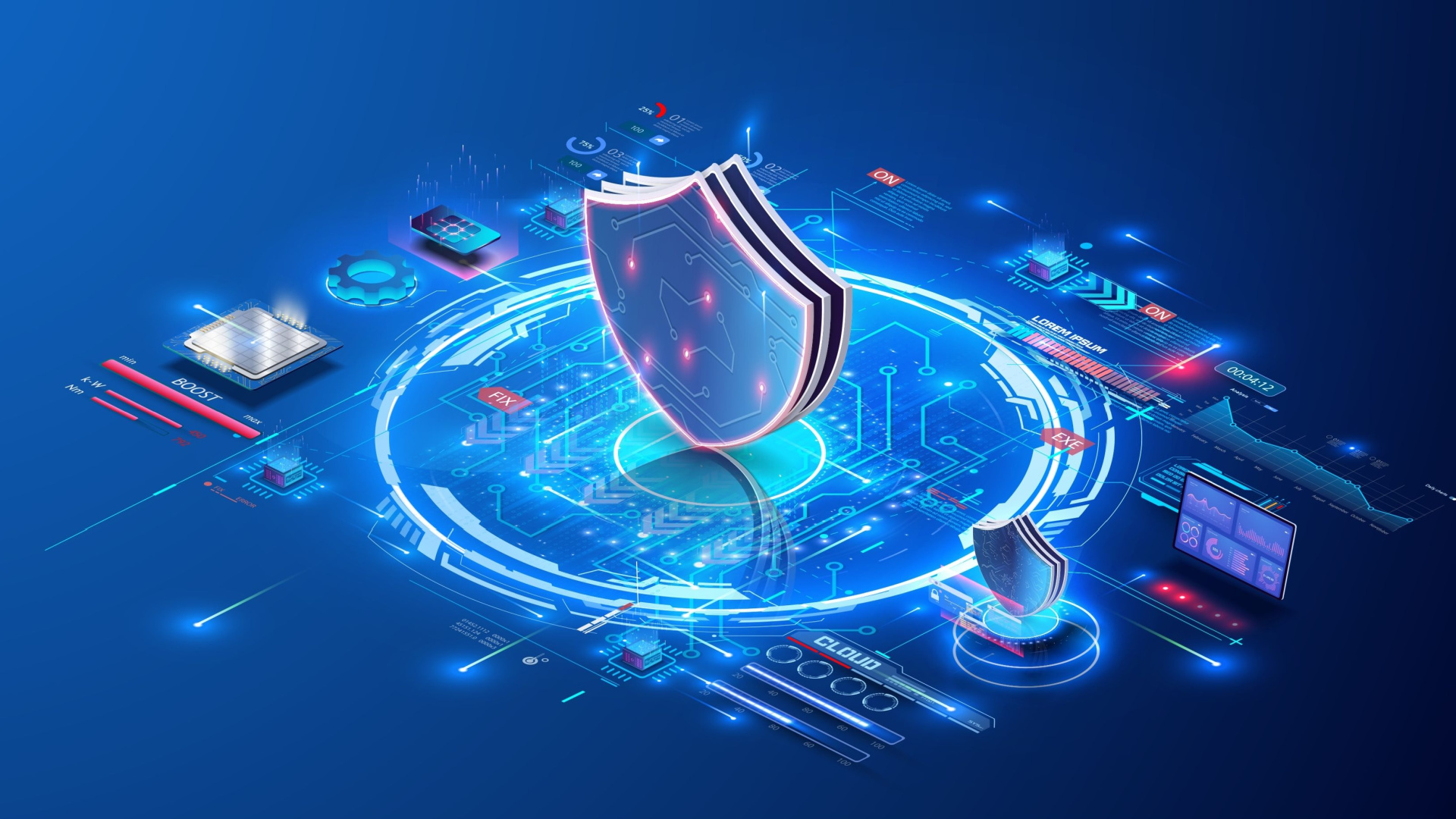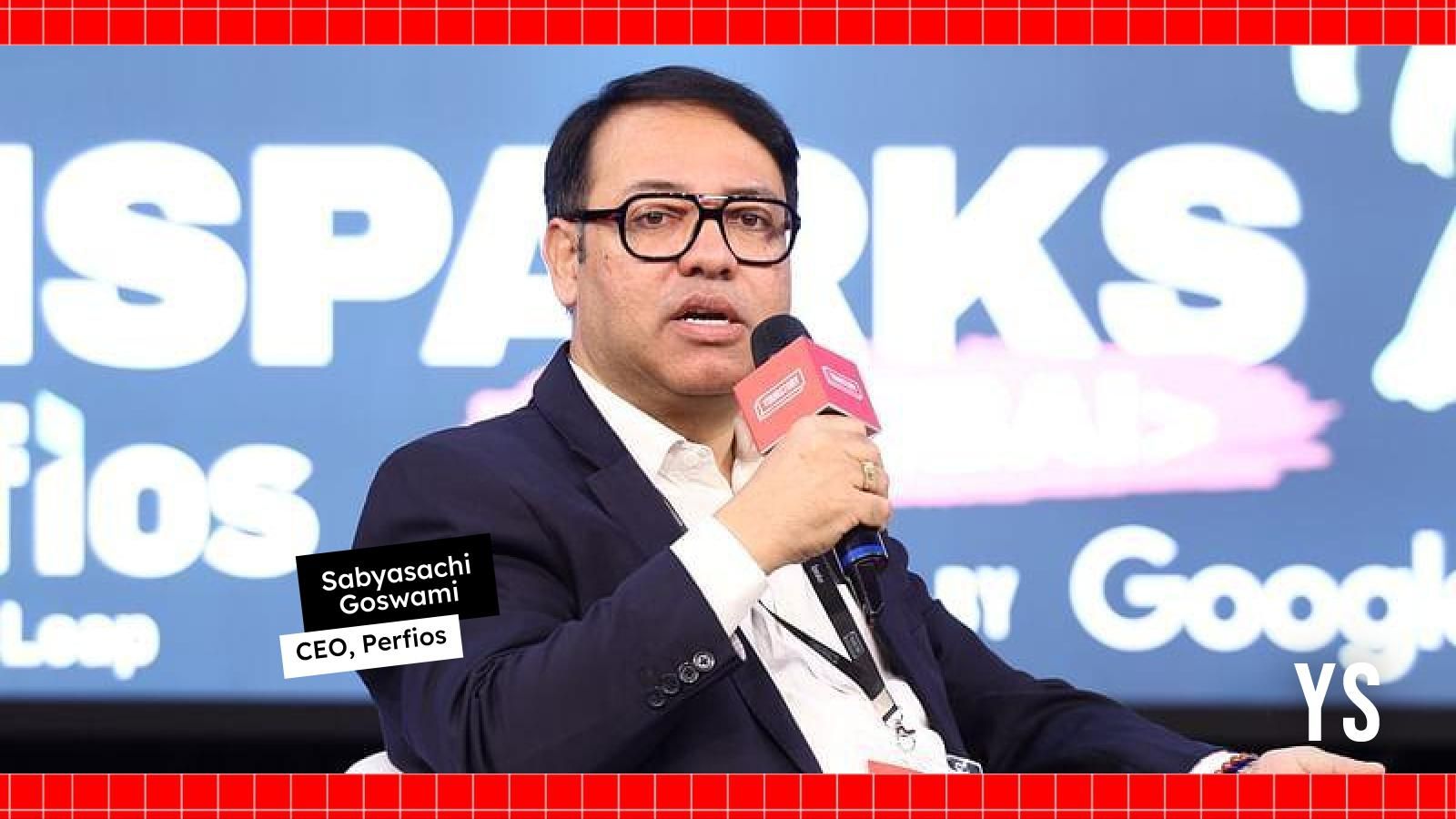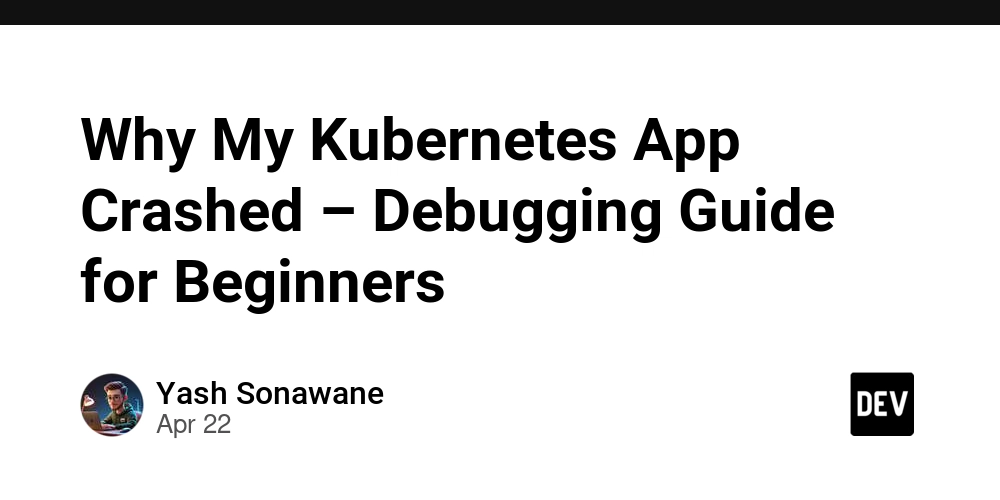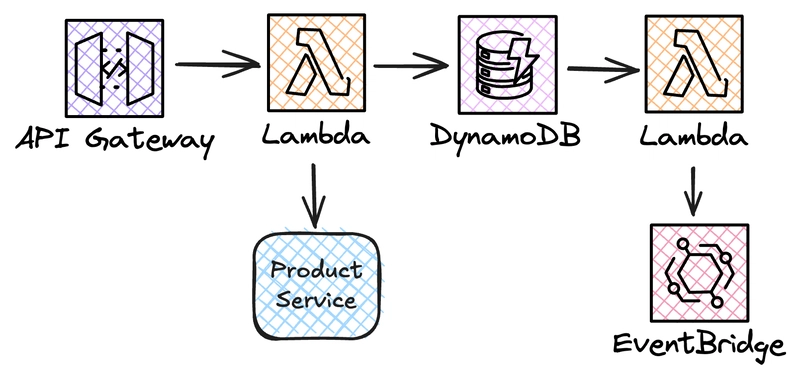Arbitrum and EVM Compatibility: Bridging the Gap for Scalable Ethereum Solutions
Abstract: This post explores how Arbitrum, a leading Layer 2 solution, overcomes Ethereum’s scalability issues by ensuring full compatibility with the Ethereum Virtual Machine (EVM). We discuss Arbitrum’s underlying mechanisms, benefits such as cost efficiency and improved user experience, and how seamless integration encourages developer adoption. The post also covers real-world use cases, the ecosystem’s background, technical challenges, and future trends—including Ethereum 2.0 and emerging innovations. By combining technical insights with practical examples, this article prepares both developers and blockchain enthusiasts to better understand scalable Ethereum solutions. Introduction Blockchain technology has transformed how digital transactions, smart contracts, and decentralized applications (dApps) operate. However, Ethereum—one of the most widely used public blockchains—faces congestion and high transaction fees. Enter Arbitrum, a pioneering Layer 2 solution that utilizes Optimistic Rollups and offers near 100% EVM compatibility. With its innovative approach, Arbitrum bridges the gap between scale and interoperability, ensuring seamless migration and compatibility for smart contracts already written for Ethereum. In this post, we delve into the world of Arbitrum and EVM compatibility, explore its key features, and analyze its impact on the Ethereum ecosystem. Background and Context Ethereum brought decentralization and smart contract functionality into the mainstream, but as its network grew, scalability issues emerged. With increasing dApp adoption, network congestion led to slower transaction speeds and soaring fees. To solve these challenges, Layer 2 solutions such as Arbitrum have emerged. Key Historical Points: Ethereum’s Growth: Originating as a platform for decentralized applications, Ethereum quickly became the go-to blockchain for developers, but its architecture struggled with increasing transaction volume. Layer 2 Foundations: Solutions like Optimistic Rollups run computations off-chain, reducing on-chain load and keeping costs low. EVM Compatibility: Maintaining developers’ ease of use is crucial. Arbitrum is built to mirror an Ethereum-like environment, making the transition from Ethereum to Layer 2 almost seamless. For further historical insights into blockchain scalability, see the discussion on blockchain scalability solutions and learn more about what is blockchain. Core Concepts and Features Arbitrum leverages several robust mechanisms to provide a fast, secure, and cost-effective solution while maintaining EVM compatibility. Below, we break down the core features: 1. Ethereum-like Environment Arbitrum’s architecture mirrors that of Ethereum, preserving compatibility with existing smart contracts and developer tools. This translates to: Seamless transition for applications without rewriting code. Minimal learning curve, thereby encouraging widespread adoption. 2. Optimistic Rollups and Off-Chain Processing Arbitrum employs Optimistic Rollups to execute transactions off-chain and later submit the final state to Ethereum: Reduces transaction fees significantly. Increases throughput considerably. Maintains the robust security of Ethereum’s mainnet. 3. Cross-Chain Communication and Interoperability Arbitrum’s design supports cross-chain communication enabling users and developers to easily interact between the Ethereum mainnet and Arbitrum’s Layer 2: Facilitates interoperability with other blockchain projects. Simplifies bridging digital assets between networks. 4. Security and Finality Security in blockchain projects is paramount. Arbitrum ensures: Finality: Transactions are confirmed and irreversible once validated. Layer 2 security is rooted in Ethereum’s mainnet security, ensuring trust and reliability. 5. Developer Adoption and Ecosystem Benefits Key benefits for developers encompass: Cost Efficiency: Drastically lower fees provide a cost-effective environment. Improved User Experience: Faster transactions enhance end-user satisfaction. Interoperability: Compatibility with the EVM reduces barriers to entry for new projects. Below is a table summarizing these core features and benefits: Feature Description Benefit Ethereum-like Environment Mirrors Ethereum’s architecture and smart contract functionality Seamless migration and minimal learning curve Optimistic Rollups Off-chain transaction processing that ensures efficient throughput Reduced fees and faster transactions Cross-Chain Communication Enables interoperability between Ethereum and other networks Enhanced asset transfer and system integration Security and Finality Anchored in Ethereum’s security model with confirmed, irreversible transactions High trust and reliable execution Developer Adoption & Ecosystem EVM compatibility promotes easier dApp development and deploy
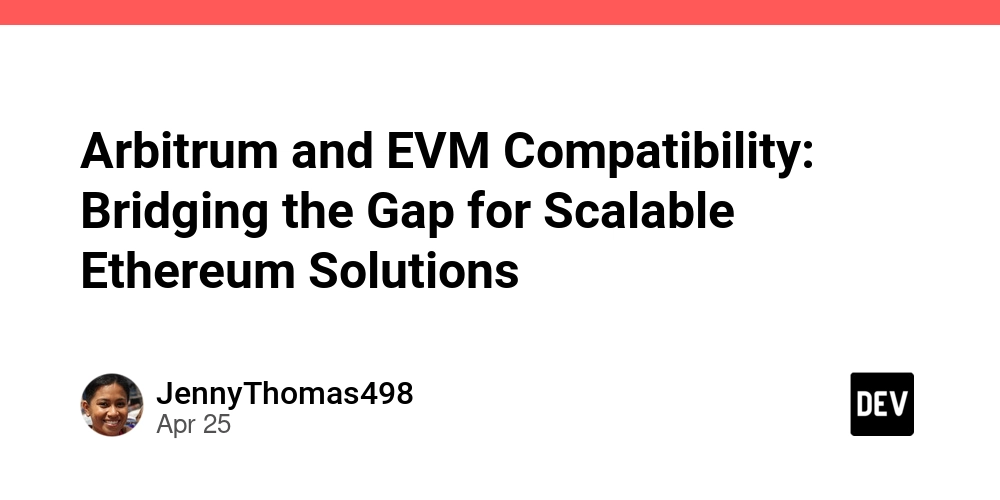
Abstract:
This post explores how Arbitrum, a leading Layer 2 solution, overcomes Ethereum’s scalability issues by ensuring full compatibility with the Ethereum Virtual Machine (EVM). We discuss Arbitrum’s underlying mechanisms, benefits such as cost efficiency and improved user experience, and how seamless integration encourages developer adoption. The post also covers real-world use cases, the ecosystem’s background, technical challenges, and future trends—including Ethereum 2.0 and emerging innovations. By combining technical insights with practical examples, this article prepares both developers and blockchain enthusiasts to better understand scalable Ethereum solutions.
Introduction
Blockchain technology has transformed how digital transactions, smart contracts, and decentralized applications (dApps) operate. However, Ethereum—one of the most widely used public blockchains—faces congestion and high transaction fees. Enter Arbitrum, a pioneering Layer 2 solution that utilizes Optimistic Rollups and offers near 100% EVM compatibility. With its innovative approach, Arbitrum bridges the gap between scale and interoperability, ensuring seamless migration and compatibility for smart contracts already written for Ethereum. In this post, we delve into the world of Arbitrum and EVM compatibility, explore its key features, and analyze its impact on the Ethereum ecosystem.
Background and Context
Ethereum brought decentralization and smart contract functionality into the mainstream, but as its network grew, scalability issues emerged. With increasing dApp adoption, network congestion led to slower transaction speeds and soaring fees. To solve these challenges, Layer 2 solutions such as Arbitrum have emerged.
Key Historical Points:
- Ethereum’s Growth: Originating as a platform for decentralized applications, Ethereum quickly became the go-to blockchain for developers, but its architecture struggled with increasing transaction volume.
- Layer 2 Foundations: Solutions like Optimistic Rollups run computations off-chain, reducing on-chain load and keeping costs low.
- EVM Compatibility: Maintaining developers’ ease of use is crucial. Arbitrum is built to mirror an Ethereum-like environment, making the transition from Ethereum to Layer 2 almost seamless.
For further historical insights into blockchain scalability, see the discussion on blockchain scalability solutions and learn more about what is blockchain.
Core Concepts and Features
Arbitrum leverages several robust mechanisms to provide a fast, secure, and cost-effective solution while maintaining EVM compatibility. Below, we break down the core features:
1. Ethereum-like Environment
Arbitrum’s architecture mirrors that of Ethereum, preserving compatibility with existing smart contracts and developer tools. This translates to:
- Seamless transition for applications without rewriting code.
- Minimal learning curve, thereby encouraging widespread adoption.
2. Optimistic Rollups and Off-Chain Processing
Arbitrum employs Optimistic Rollups to execute transactions off-chain and later submit the final state to Ethereum:
- Reduces transaction fees significantly.
- Increases throughput considerably.
- Maintains the robust security of Ethereum’s mainnet.
3. Cross-Chain Communication and Interoperability
Arbitrum’s design supports cross-chain communication enabling users and developers to easily interact between the Ethereum mainnet and Arbitrum’s Layer 2:
- Facilitates interoperability with other blockchain projects.
- Simplifies bridging digital assets between networks.
4. Security and Finality
Security in blockchain projects is paramount. Arbitrum ensures:
- Finality: Transactions are confirmed and irreversible once validated.
- Layer 2 security is rooted in Ethereum’s mainnet security, ensuring trust and reliability.
5. Developer Adoption and Ecosystem Benefits
Key benefits for developers encompass:
- Cost Efficiency: Drastically lower fees provide a cost-effective environment.
- Improved User Experience: Faster transactions enhance end-user satisfaction.
- Interoperability: Compatibility with the EVM reduces barriers to entry for new projects.
Below is a table summarizing these core features and benefits:
| Feature | Description | Benefit |
|---|---|---|
| Ethereum-like Environment | Mirrors Ethereum’s architecture and smart contract functionality | Seamless migration and minimal learning curve |
| Optimistic Rollups | Off-chain transaction processing that ensures efficient throughput | Reduced fees and faster transactions |
| Cross-Chain Communication | Enables interoperability between Ethereum and other networks | Enhanced asset transfer and system integration |
| Security and Finality | Anchored in Ethereum’s security model with confirmed, irreversible transactions | High trust and reliable execution |
| Developer Adoption & Ecosystem | EVM compatibility promotes easier dApp development and deployment | Increased innovation and cost savings |
For more technical details, the Arbitrum documentation provides an in-depth view.
Applications and Use Cases
Arbitrum’s innovative framework is already making a significant impact in various sectors within the blockchain ecosystem. Let’s consider some illustrative examples and practical implementations:
1. Decentralized Finance (DeFi)
DeFi platforms like Uniswap and SushiSwap have integrated Arbitrum to mitigate high fees and scaling issues. Through EVM compatibility:
- Existing DeFi smart contracts migrate smoothly.
- Users experience faster trading and more stable transaction fees.
- It supports larger transaction volumes, benefiting liquidity pools and yield farming protocols.
2. Non-Fungible Tokens (NFTs) and Gaming
NFT platforms and blockchain-based games demand low fees and quick interactions to enhance the user experience:
- NFT Marketplaces: Projects in this space benefit from Arbitrum’s cost-efficient transactions. Check out more on what are NFTs.
- Gaming: Blockchain-powered games integrate Arbitrum to facilitate instant asset transfers, making in-game economies viable even under heavy demand.
3. Cross-Chain Applications
Applications requiring data and asset interoperability between Ethereum and other blockchains are greatly enhanced:
- Decentralized Exchanges (DEXs): They use Arbitrum’s robust design to facilitate smoother asset movement.
- Enterprise Solutions: Companies aiming for blockchain integration without the high costs of Ethereum’s mainnet can leverage Arbitrum’s scaling benefits.
Below is a bullet list highlighting key reasons why developers choose Arbitrum:
- Reduced Transaction Costs: Lower fees compared to Ethereum mainnet.
- Faster Confirmations: Off-chain processing accelerates transaction finality.
- Ease of Integration: Full EVM compatibility simplifies porting existing dApps.
- Interoperability: Simplified cross-chain asset transfers.
- Security: Maintains Ethereum-level security for trustless operations.
For more insights on real-world applications, refer to Arbitrum’s role in decentralized finance.
Challenges and Limitations
While Arbitrum stands out as a promising scalability solution, it is not without challenges. Here are some of the most critical issues:
A. Decentralization vs. Efficiency
- Trade-Offs: Increasing the speed of transactions sometimes comes with a risk of centralization in certain processes, particularly in managing sequencers and validators.
- Mitigation Strategies: Ongoing improvements aim to balance decentralization and performance. Projects like Arbitrum’s open-source contributions are continuously refining these aspects.
B. Security Model Considerations
- Proof and Dispute Mechanisms: Optimistic Rollups rely on a challenge mechanism to detect fraud. If disputes arise, the resolution process can introduce delays.
- Future Improvements: Enhanced fraud detection systems and robust dispute resolution protocols are in active development to mitigate these risks. For more on blockchain security, see blockchain security.
C. Adoption and Integration Curve
- Developer Hesitancy: Despite high EVM compatibility, transitioning established dApps requires careful testing.
- Community Education: Ongoing documentation and developer support are crucial. Initiatives like Arbitrum for Developers illustrate how the ecosystem is addressing these challenges.
D. Regulatory and Compliance Considerations
- Evolving Regulations: As blockchain technology matures, new regulatory challenges may affect multi-chain implementations. Compliance becomes a moving target.
- Mitigating Risks: Developers need to stay updated on regulations through continuous learning and community discussions.
For additional analysis on industry challenges and potential solutions, consider articles such as Arbitrum Challenges.
Future Outlook and Innovations
The future of blockchain scalability is promising, as Layer 2 solutions like Arbitrum continue to evolve. Here are some future trends to watch:
1. Integration with Ethereum 2.0
Ethereum 2.0 promises improvements in core network scalability and security by transitioning to a Proof-of-Stake consensus mechanism. However, Layer 2 solutions remain crucial for:
- Bridging gaps during Ethereum 2.0 rollout.
- Complementing Ethereum 2.0’s scalability with off-chain processing.
- Enabling a more seamless decentralized ecosystem. More details are available on Ethereum 2.0.
2. Advanced Cross-Chain Interoperability
As the blockchain ecosystem diversifies, further integration between disparate chains is a must:
- Enhanced Bridges: Future developments may include more robust and secure bridges between chains.
- Multi-Chain Applications: Reflecting a future where financial services, supply chain management, and other industries can move assets freely across platforms.
3. Increased Developer Incentives
To promote widespread EVM compatibility and cross-chain innovation:
- There will likely be more funding programs and grants targeting innovative Layer 2 projects.
- Expanding open-source initiatives and community-driven projects, as seen through platforms like GitHub Sponsors.
4. Regulatory Clarity and Adoption
As jurisdictions begin to offer clearer guidelines on blockchain technology:
- Developers and enterprises can design solutions that meet both technical and legal standards.
- This alignment is expected to drive further institutional adoption and secure investor confidence.
The convergence of Arbitrum’s technology with growing developer support and a clearer regulatory environment sets the stage for a scalable, innovative future in blockchain.
Summary
In summary, Arbitrum offers a transformative solution for Ethereum’s scalability challenges with its EVM compatibility and Layer 2 mechanisms. By processing transactions using Optimistic Rollups, Arbitrum delivers faster confirmations and lower fees while maintaining the security of Ethereum’s mainnet. This enables a seamless migration of existing smart contracts and boosts developer adoption across DeFi, NFTs, gaming, and cross-chain applications.
Key takeaways include:
- Arbitrum’s architecture mimics Ethereum’s environment, ensuring ease of integration.
- Off-chain processing greatly reduces fees and speeds up transactions.
- Cross-chain communication enhances asset interoperability.
- Although challenges in decentralization, security, and regulatory compliance persist, ongoing innovations promise future improvements.
- The rollout of Ethereum 2.0, coupled with robust community and developer support, further cements Arbitrum’s role as a pivotal solution in a scalable blockchain ecosystem.
For a deep dive into these concepts, you can revisit the original article on Arbitrum and EVM compatibility and explore additional resources such as Arbitrum’s official site and the Ethereum scalability page.
Additional Resources and Developer Insights
For further reading and comprehensive technical analyses, consider exploring these authoritative resources:
- Offchain Labs for insights on Arbitrum’s development and future upgrades.
- The Ethereum Developer Documentation for EVM standards.
- A detailed look at blockchain interoperability solutions.
- Discussions on sustainable blockchain practices at sustainable blockchain practices.
- And check out Arbitrum’s open-source license compatibility discussions on Dev.to for more perspectives on technology and legal frameworks.
These insights help developers and enthusiasts understand how the ecosystem is evolving and the role Arbitrum plays in driving decentralized innovation.
By synthesizing technical features with practical applications, this post highlights how Arbitrum is not only bridging the gap between scalability and compatibility but also paving the way for innovative blockchain solutions that offer improved user experiences and cost efficiency. As blockchain technology continues to evolve, keeping abreast of these trends is essential for developers, investors, and the wider crypto community.
Stay tuned for more updates on scalable blockchain solutions and how emerging Layer 2 technologies are reshaping the future of decentralized applications.
Keywords: EVM compatibility, Layer 2 scaling, Ethereum, Optimistic Rollups, blockchain scalability, smart contracts, cross-chain communication, developer adoption, cost efficiency, decentralized applications, Ethereum 2.0.



































































































































































![[The AI Show Episode 143]: ChatGPT Revenue Surge, New AGI Timelines, Amazon’s AI Agent, Claude for Education, Model Context Protocol & LLMs Pass the Turing Test](https://www.marketingaiinstitute.com/hubfs/ep%20143%20cover.png)















































































































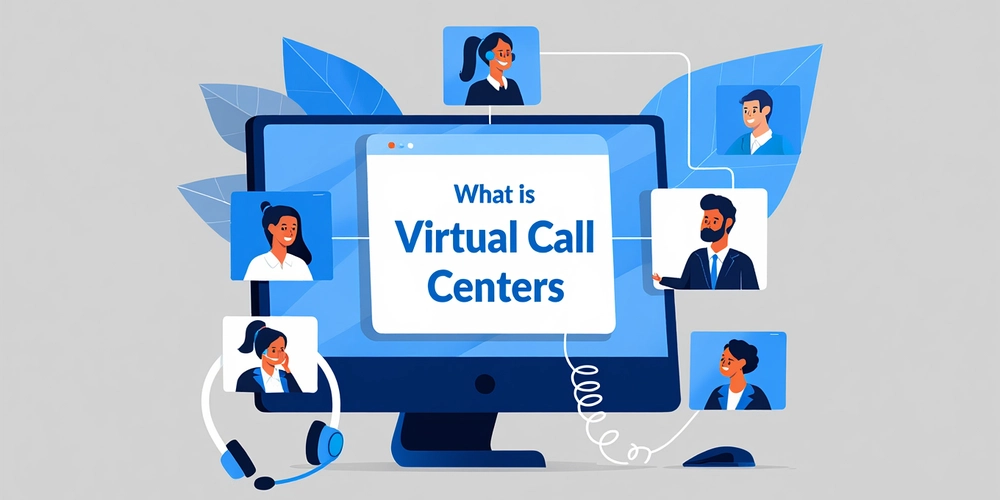
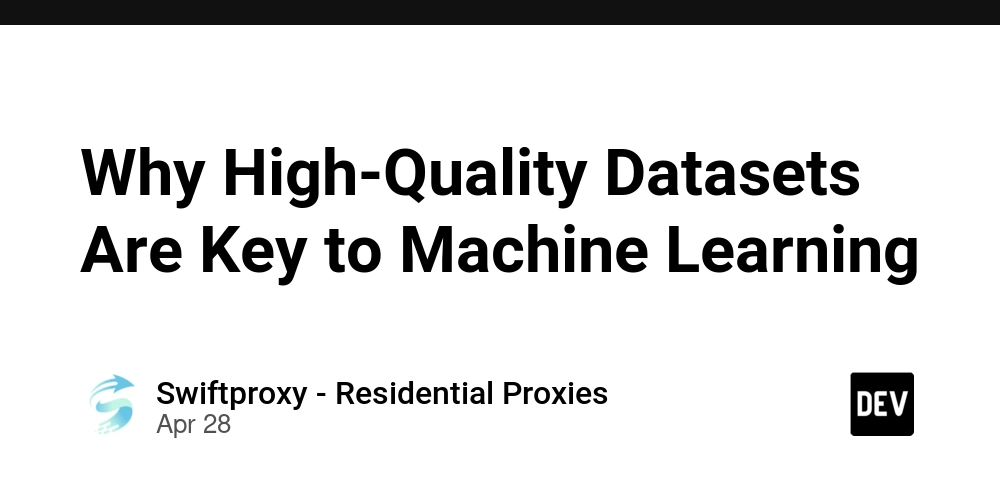













![[DEALS] Koofr Cloud Storage: Lifetime Subscription (1TB) (80% off) & Other Deals Up To 98% Off – Offers End Soon!](https://www.javacodegeeks.com/wp-content/uploads/2012/12/jcg-logo.jpg)










































































































































_roibu_Alamy.jpg?width=1280&auto=webp&quality=80&disable=upscale#)


.webp?#)













































































































![M4 MacBook Air Drops to Just $849 - Act Fast! [Lowest Price Ever]](https://www.iclarified.com/images/news/97140/97140/97140-640.jpg)
![Apple Smart Glasses Not Close to Being Ready as Meta Targets 2025 [Gurman]](https://www.iclarified.com/images/news/97139/97139/97139-640.jpg)
![iPadOS 19 May Introduce Menu Bar, iOS 19 to Support External Displays [Rumor]](https://www.iclarified.com/images/news/97137/97137/97137-640.jpg)
















